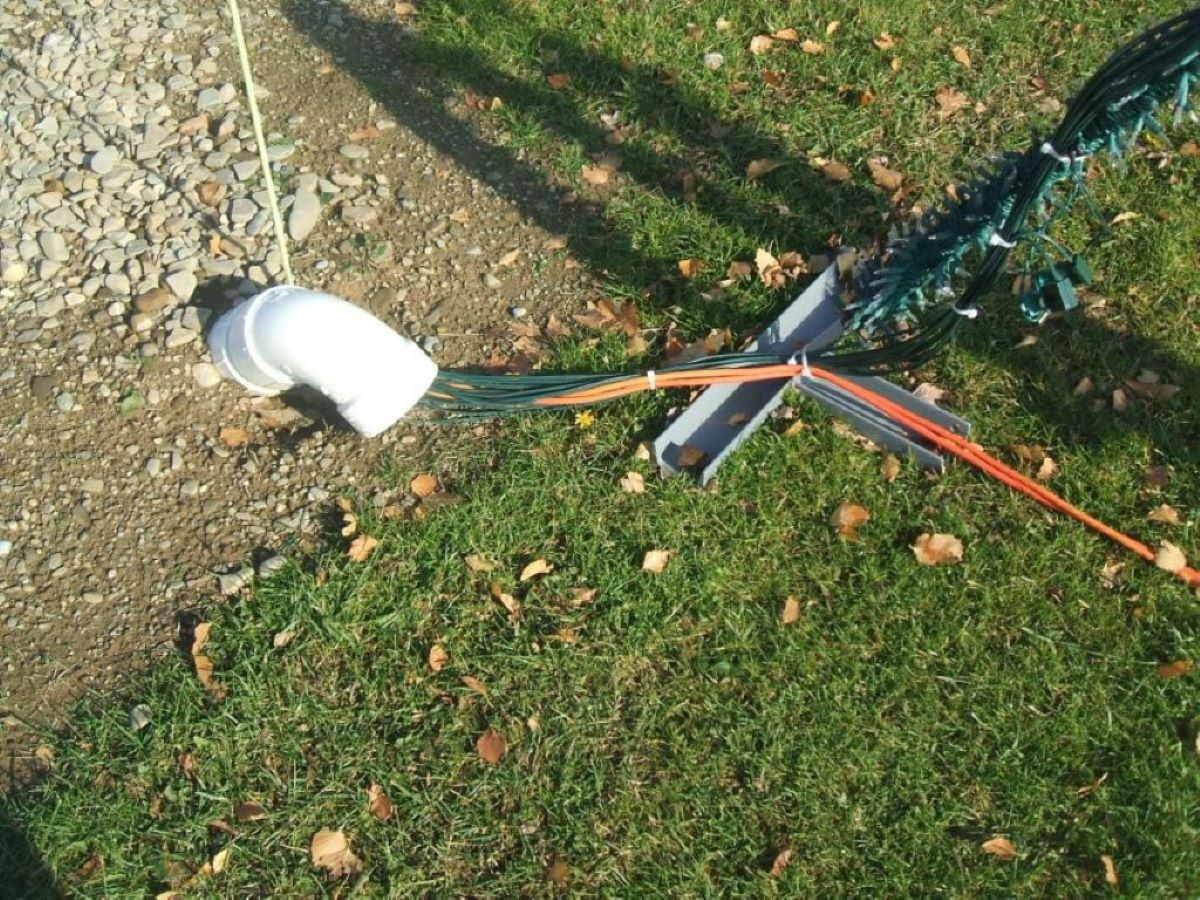

Articles
How To Protect Electrical Cord Outdoor
Modified: March 19, 2024
Learn how to protect your electrical cord outdoors with these helpful articles. Ensure safety and durability with our expert tips and advice.
(Many of the links in this article redirect to a specific reviewed product. Your purchase of these products through affiliate links helps to generate commission for Storables.com, at no extra cost. Learn more)
Introduction
When it comes to using electrical appliances outdoors, it’s crucial to prioritize safety. One of the most important aspects of outdoor electrical safety is protecting the electrical cords. Whether you’re using them for a seasonal decoration, outdoor power tools, or lighting, properly protecting your electrical cords is essential to prevent accidents, damage to the cords, and potential electrical hazards.
In this article, we will discuss the necessary steps you should take to ensure the safety of your electrical cords when using them outdoors. By following these guidelines, you can enjoy your outdoor activities without any worries and keep your cords in excellent condition for years to come.
Key Takeaways:
- Choose outdoor-rated cords with the right gauge, durable jacket, and appropriate length to ensure safety and efficiency for your outdoor electrical activities.
- Regularly inspect, store properly, and avoid overloading electrical circuits to maintain the longevity and safety of your outdoor electrical cords.
Read more: How To Protect Electrical Cord Over Roadway
Step 1: Choose the Right Electrical Cord
When using electrical cords outdoors, it’s important to select the appropriate cord for the job. Not all cords are designed to withstand outdoor conditions, so it’s crucial to choose one that is specifically rated for outdoor use.
Firstly, make sure to select a cord with the appropriate gauge for your needs. The gauge determines the cord’s electrical capacity and its ability to handle the load. For example, heavy-duty power tools may require a cord with a lower gauge (thicker cord) to handle the higher power demands. On the other hand, lighter devices such as holiday decorations may require a cord with a higher gauge.
Secondly, opt for cords with a durable and weather-resistant jacket. Outdoor cords are typically made with thicker insulation and a tough, waterproof outer covering to protect against moisture, sunlight, and other elements. Look for cords labeled as “weather-resistant,” “UV-resistant,” or “outdoor-rated” to ensure they can withstand the outdoor conditions.
Furthermore, consider the length of the cord. Ensure it is long enough to reach your outdoor power source without stretching or straining the cord. If you require an extension cord, select a length that is appropriate for your needs, but avoid using excessively long cords as they can pose a tripping hazard.
Last but not least, always choose cords that have been certified by a reputable testing organization such as Underwriters Laboratories (UL). These certifications ensure that the cords meet safety standards and have undergone rigorous testing to ensure durability and performance.
By carefully selecting the right electrical cord for your outdoor activities, you can prevent potential hazards and ensure the safe and efficient operation of your devices.
Step 2: Inspect the Cord Before Use
Prior to using any electrical cord outdoors, it’s crucial to thoroughly inspect it for any signs of damage, wear, or deterioration. Regular inspections can help identify potential hazards and prevent accidents.
Start by examining the entire length of the cord for any visible cuts, frays, or exposed wires. Pay close attention to the connectors and plugs as well. If you notice any damage, do not use the cord and replace it immediately.
Next, check the insulation and jacket of the cord. Look for any signs of cracking, melting, or discoloration. Damaged insulation can pose a significant risk of electrical shock or fire, so it’s vital to address any issues promptly.
In addition, inspect the connectors and plugs for any loose or bent prongs. Loose connections can lead to a poor electrical connection and increase the risk of overheating or electrical arcing. If you find any loose prongs, refrain from using the cord and seek a replacement.
Another important aspect to check is the strain relief on both ends of the cord. Strain reliefs help prevent undue stress and tension on the cord, especially at the points where it connects to the plugs or devices. Ensure that the strain reliefs are intact and securely attached to the cord.
Furthermore, look for any signs of moisture or water damage. Water and electricity are a dangerous combination, so it’s crucial to keep the cord dry at all times. If you notice any moisture or water intrusion, thoroughly dry the cord before use or consider replacing it if the damage is extensive.
Regularly inspecting your electrical cord before use ensures that you are using a safe and reliable cord that poses no risks to you, your equipment, or your property. If any issues are identified during the inspection, it’s best to err on the side of caution and replace the cord to maintain a safe and secure outdoor electrical setup.
Step 3: Keep Cords Away from Moisture and Water
Maintaining a safe distance between your electrical cords and moisture or water is essential for outdoor electrical safety. Water can pose a significant risk of electrical shock, short circuits, and damage to your cords and appliances. Here are some guidelines to follow:
- Ensure that your electrical cords are kept elevated and away from any areas prone to pooling water or excessive moisture. This includes avoiding placing cords in areas where rainwater, sprinklers, or melting snow can come into contact with them.
- Use weatherproof and waterproof containers or covers to protect your connectors and plugs. This is particularly important when using outdoor power strips or extension cords. Make sure the containers or covers are suitable for outdoor use and can withstand the elements.
- When connecting multiple cords together or using extension cords, ensure that the connections are secure and watertight. This can be achieved by using cord connectors or waterproof electrical tape to seal the connections.
- Keep an eye on the weather forecast and take appropriate measures to protect your electrical cords when inclement weather is expected. Consider using outdoor-rated extension cords that have been specifically designed to withstand wet conditions.
- After use, always disconnect your electrical cords from the power source and store them in a dry and protected location. Avoid leaving cords exposed to the elements for long periods, as this increases the risk of water damage and corrosion.
- Inspect your cords regularly for any signs of moisture or water damage. If you notice any, discontinue use and replace the affected cords immediately.
By keeping your electrical cords away from moisture and water, you can significantly reduce the risk of electrical hazards and ensure the longevity of your cords. Remember, prevention is key when it comes to outdoor electrical safety, and taking proactive measures to protect your cords will provide peace of mind and keep your outdoor activities safe.
Step 4: Use Outdoor-Safe Outlets and Extension Cords
When using electrical cords outdoors, it’s crucial to ensure that you are utilizing outdoor-safe outlets and extension cords. These specially designed products are specifically made to withstand the elements and provide an extra layer of protection against outdoor hazards. Here’s what you need to know:
1. Outdoor-Safe Outlets: Make sure that the electrical outlets you are using outdoors are specifically rated for outdoor use. These outlets are constructed with weatherproof materials and have covers or lids that protect against moisture, dust, and other outdoor elements. When not in use, keep the outlet covers closed to prevent water and debris from entering.
2. Outdoor Extension Cords: When an electrical cord isn’t long enough to reach your desired outdoor location, an extension cord is a practical solution. However, it’s important to use outdoor-rated extension cords to ensure safety. These cords are designed with thicker insulation, durable jackets, and weather-resistant materials, making them ideal for outdoor use.
3. Length and Capacity: When selecting an extension cord, choose the appropriate length that will comfortably reach your outdoor power source without unnecessary pulling or stretching. Additionally, ensure the extension cord has the capacity to handle the electrical load of the devices you will be using. Heavy-duty appliances or power tools may require cords with lower gauge to carry the higher electrical load safely.
4. Placement and Protection: Proper placement and protection of extension cords is crucial for outdoor safety. Avoid placing cords in high-traffic areas where they can be easily tripped over, and keep them away from hot surfaces, sharp objects, or anything that may cause damage. Protect exposed cords from foot traffic and other potential hazards by running them along walls, fences, or utilizing cord protectors.
5. Never Modify or Overload Cords: It’s important to never modify extension cords by removing grounding pins, cutting or splicing cords together, or using improper adapters. Also, avoid overloading extension cords by plugging in too many devices or appliances. Overloading can lead to overheating, circuit tripping, or even fire hazards.
By only using outdoor-safe outlets and extension cords and following these guidelines, you can ensure the proper functioning of your electrical devices and minimize the risk of electrical accidents or hazards while enjoying your outdoor activities.
When using electrical cords outdoors, make sure to use cords specifically designed for outdoor use, keep them away from water, and use a ground fault circuit interrupter (GFCI) to prevent electrical shocks.
Step 5: Properly Store Your Electrical Cords After Use
Properly storing your electrical cords after use is crucial for maintaining their longevity and ensuring their safety for future use. Storing them in a neat and organized manner prevents unnecessary damage and reduces the risk of tripping hazards. Here’s how to properly store your electrical cords:
- Before storing your electrical cords, ensure that they are clean and free from any dirt, debris, or moisture. Wipe them down if necessary, and make sure they are completely dry to prevent the growth of mold or corrosion.
- Remove any twists or kinks in the cords by gently straightening them out. Twisted or kinked cords can weaken the wires and increase the risk of damage.
- Neatly coil the cord in a figure-eight pattern, taking care not to bend it excessively. This method of coiling helps to prevent tangles and reduces stress on the wires.
- Secure the coiled cord using twist ties, Velcro straps, or any other suitable cord management system. This helps to keep the cord organized and prevents it from unravelling or becoming tangled.
- Store the coiled cord in a dry, protected area such as a storage bin, reel, or cord organizer. Choose a location that is away from extreme temperatures, direct sunlight, and moisture. This will help prolong the life of your cords and minimize the risk of damage.
- Label your cords if you have multiple cords for different purposes. This will make it easier to identify the specific cord you need without unraveling multiple cords.
- Regularly inspect stored cords for any signs of wear, damage, or deterioration. If you notice any issues, replace the cord immediately to maintain safety.
Properly storing your electrical cords not only helps keep them in good condition but also makes it easier to find and use them when needed. By following these storage guidelines, you can ensure that your cords are ready for use whenever you need them and reduce the risk of accidents or damage.
Step 6: Regularly Check for Damages and Replace if Needed
Regularly checking your electrical cords for damages is essential to ensure their safety and reliability. Over time, cords can become worn, frayed, or damaged, posing a significant risk of electrical shock or fire. Here’s how to effectively inspect your cords and when to consider replacing them:
- Inspect the entire length of the cord, including the plugs and connectors, for any signs of physical damage such as cuts, frays, or exposed wires. If you notice any of these issues, immediately stop using the cord and replace it.
- Check the insulation and jacket of the cord for any cracking, melting, or discoloration. Damaged insulation increases the risk of electrical shock and fire hazards. If you find any signs of damage, replace the cord promptly.
- Examine the plugs and connectors for any loose or bent prongs. Loose connections can cause poor electrical contact, leading to overheating and potential electrical hazards. If you encounter loose prongs, discontinue use and replace the cord.
- Inspect the strain relief on the cord, which helps prevent stress and tension on the wires where they connect to the plugs or devices. Ensure the strain relief is intact and securely attached. If it’s damaged or missing, it’s time to replace the cord.
- Look for any signs of moisture or water damage, such as rust or corrosion on the plugs or connectors. Water and electricity are a dangerous combination, so if you notice any water-related damage, replace the cord immediately.
- Regularly test the functionality of the cord by plugging it into a functioning outlet and running a small appliance. If you experience any issues with the cord, such as intermittent power or flickering, it’s a sign that there may be internal damage. In this case, stop using the cord and replace it.
- It’s worth noting that even if your cords appear to be in good condition, it’s still essential to replace them periodically. Over time, cords can degrade and become less safe, so it’s a good practice to replace them every 2-3 years, or sooner if they show signs of wear or damage.
By regularly inspecting your electrical cords and promptly replacing any damaged or compromised ones, you are taking proactive measures to ensure the safety of your outdoor electrical setup. Don’t take any chances when it comes to electrical safety, and always prioritize the well-being of yourself and those around you.
Step 7: Avoid Overloading Electrical Circuits
Overloading electrical circuits can lead to overheating, tripped breakers, damaged cords, and even fire hazards. It’s important to understand the electrical capacity of your circuits and take precautions to prevent overloading. Here are some guidelines to help you avoid overloading electrical circuits:
- Know the amperage rating of your circuits: Each circuit in your home or outdoor area has a specific amperage rating, which indicates the maximum amount of electrical current it can safely handle. Make sure to familiarize yourself with the amperage rating of each circuit to avoid exceeding its limitations.
- Calculate the load of your electrical devices: Determine the total electrical load that will be connected to a circuit by adding up the individual wattages or amperages of each device. Make sure that the total load does not exceed the amperage rating of the circuit.
- Spread out the load: Whenever possible, distribute your electrical devices across multiple circuits to prevent overloading a single circuit. This is especially important when using high-demand appliances or tools that consume a significant amount of power.
- Avoid daisy-chaining extension cords: Connecting multiple extension cords in series, also known as daisy-chaining, can overload a circuit. Instead, use a single, heavy-duty extension cord that is rated to handle the load of your devices.
- Unplug unused devices: When devices are not in use, unplug them from the electrical outlets. Leaving devices plugged in unnecessarily can contribute to an overloaded circuit.
- Use power strips with built-in overload protection: If you need to connect multiple devices to a single outlet, use a power strip with an integrated circuit breaker. This will provide an added layer of protection against overloading the circuit.
- Consult a licensed electrician: If you’re uncertain about the electrical capacity of your circuits or need assistance in evaluating your electrical setup, it’s best to consult a licensed electrician. They can assess your wiring and suggest any necessary modifications to ensure the safe use of your electrical devices.
By following these guidelines and avoiding the overloading of electrical circuits, you can reduce the risk of electrical hazards, enhance the longevity of your electrical system, and enjoy a safe and reliable outdoor electrical setup.
Conclusion
When it comes to using electrical cords outdoors, safety should be a top priority. Properly protecting and maintaining your electrical cords is essential to prevent accidents, ensure the longevity of your cords, and minimize the risk of electrical hazards. By following the steps outlined in this article, you can confidently use your electrical cords in outdoor settings while maintaining a safe and efficient electrical setup.
Choosing the right electrical cord, inspecting it before use, keeping it away from moisture and water, using outdoor-safe outlets and extension cords, properly storing it after use, regularly checking for damages, and avoiding overloading electrical circuits are all key steps in maintaining a safe outdoor electrical system.
Regular inspections, prompt replacement of damaged cords, and proper storage techniques will help keep your cords in excellent condition and reduce the risk of accidents. It’s important to stay vigilant and proactive in maintaining the safety of your outdoor electrical setup by following these guidelines.
Remember, if you are unsure about any aspect of outdoor electrical safety or need assistance with your electrical setup, it’s always best to consult a licensed electrician. They can provide expert advice and guidance tailored to your specific needs.
By prioritizing safety and taking the necessary precautions, you can enjoy your outdoor activities and utilize your electrical devices with confidence, knowing that you have taken the necessary steps to protect yourself, your equipment, and your property.
Frequently Asked Questions about How To Protect Electrical Cord Outdoor
Was this page helpful?
At Storables.com, we guarantee accurate and reliable information. Our content, validated by Expert Board Contributors, is crafted following stringent Editorial Policies. We're committed to providing you with well-researched, expert-backed insights for all your informational needs.
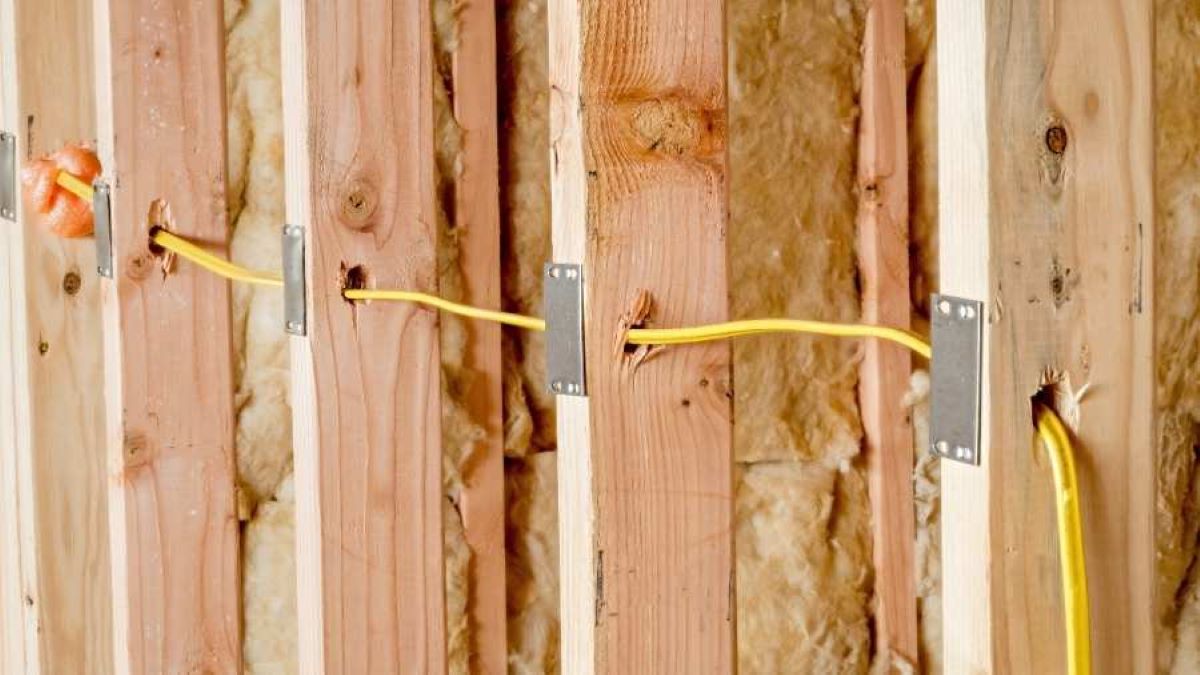

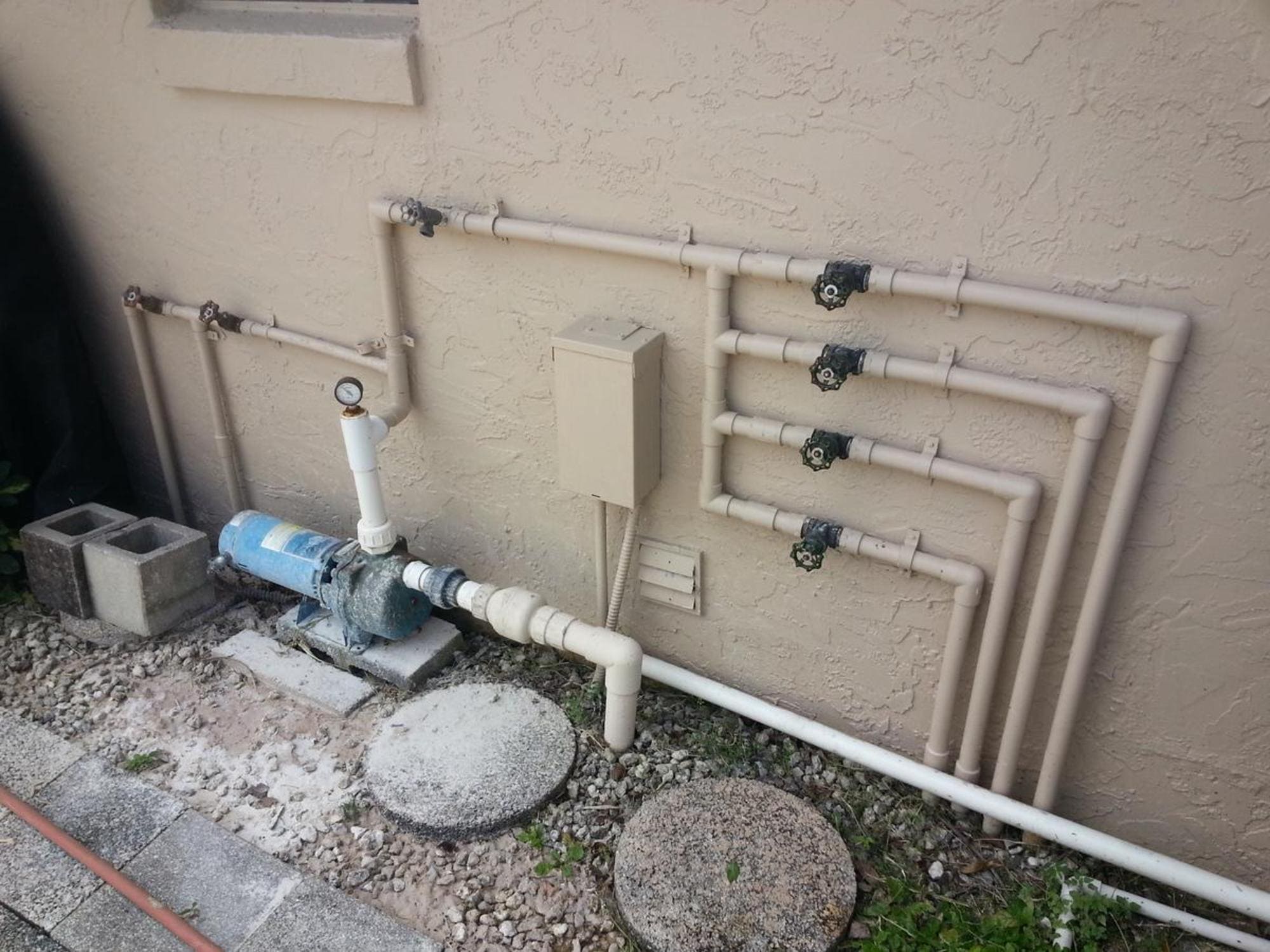
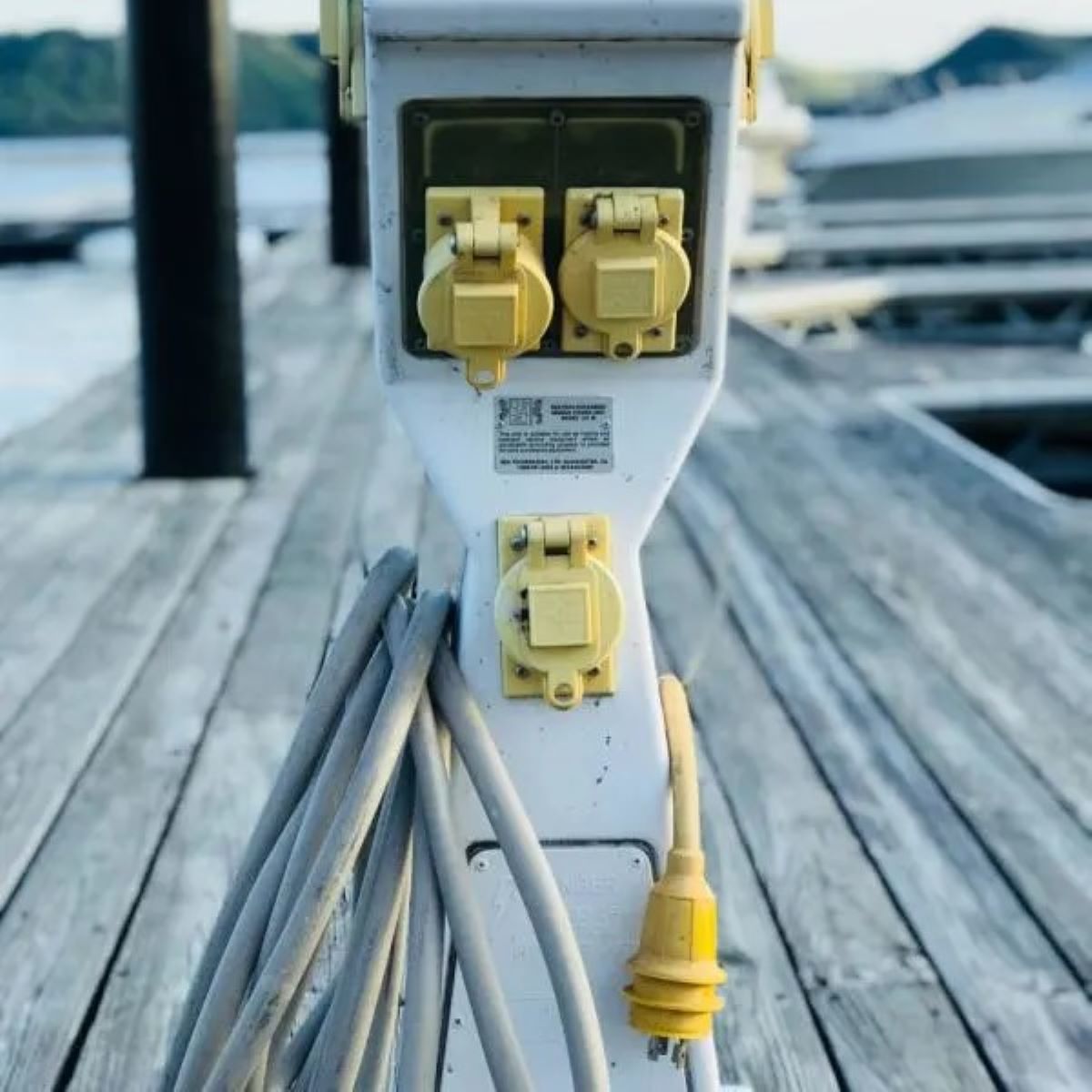
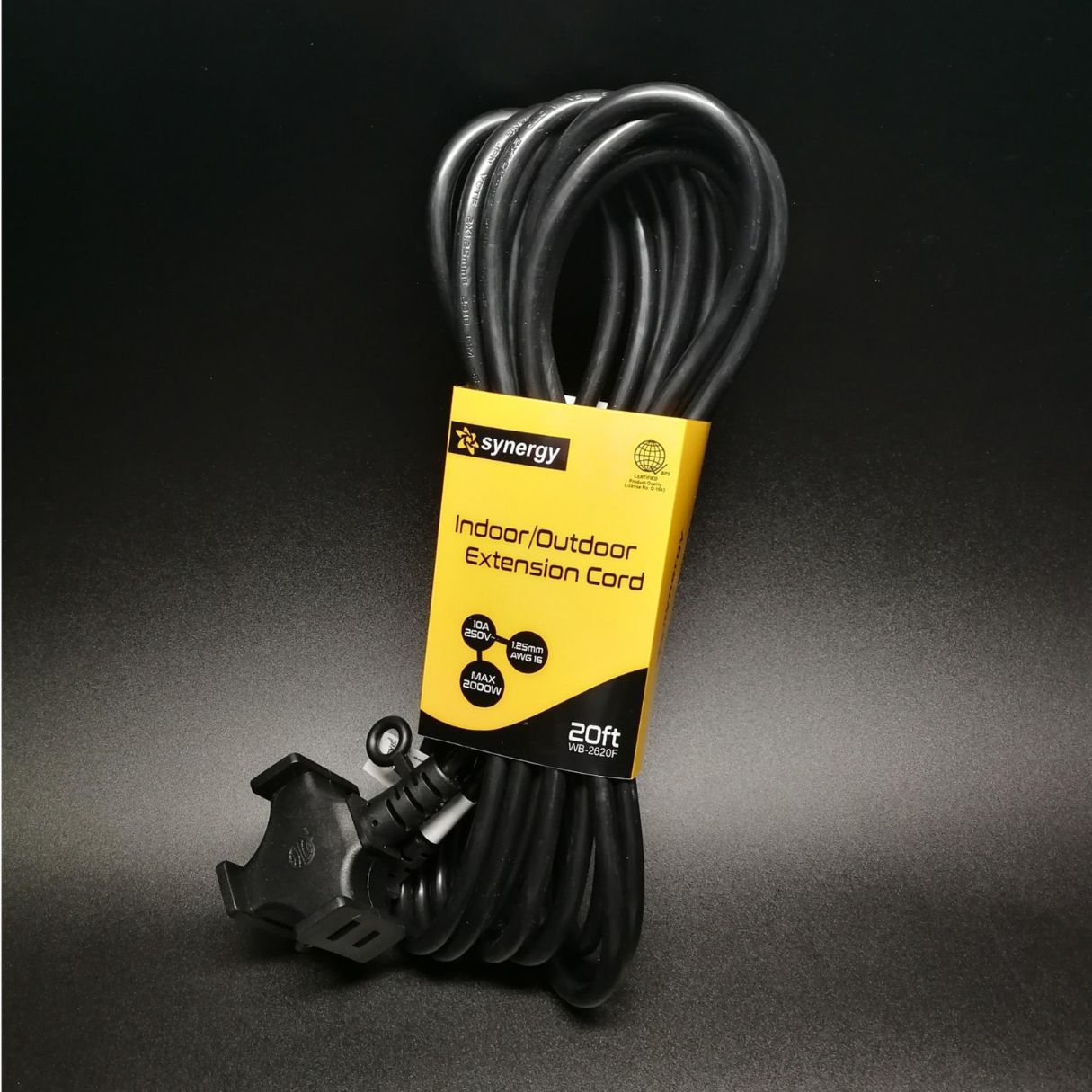
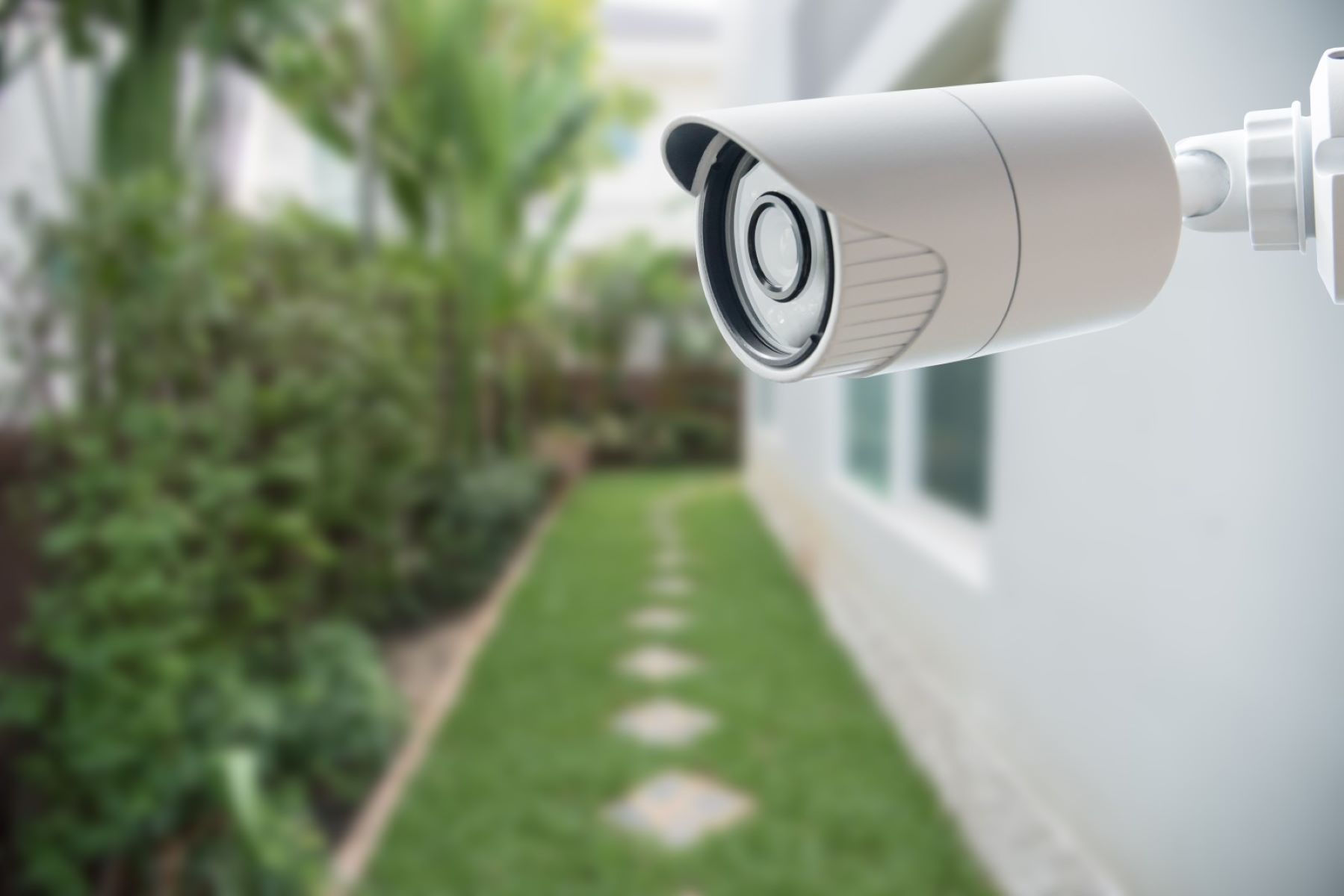
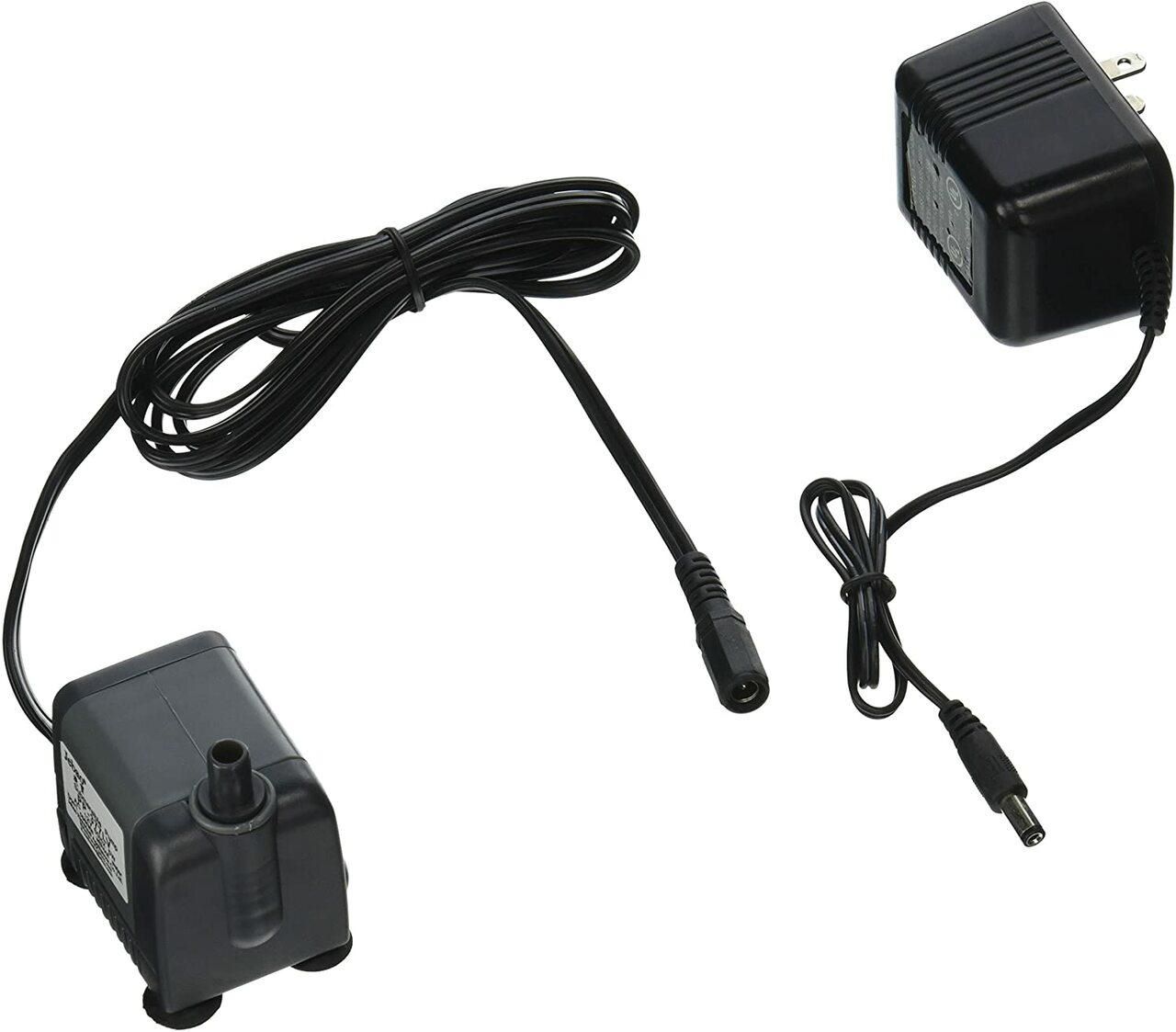
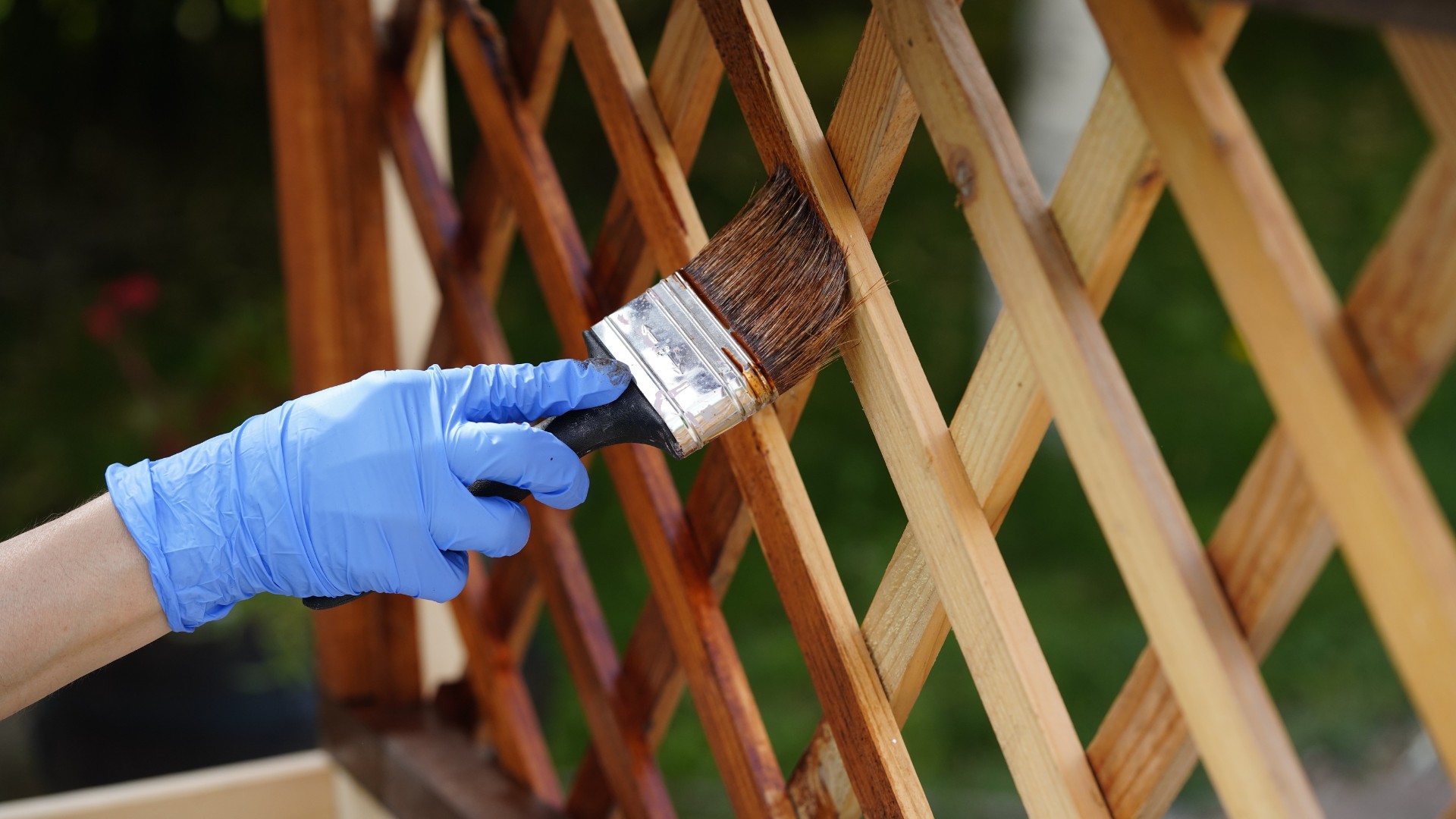
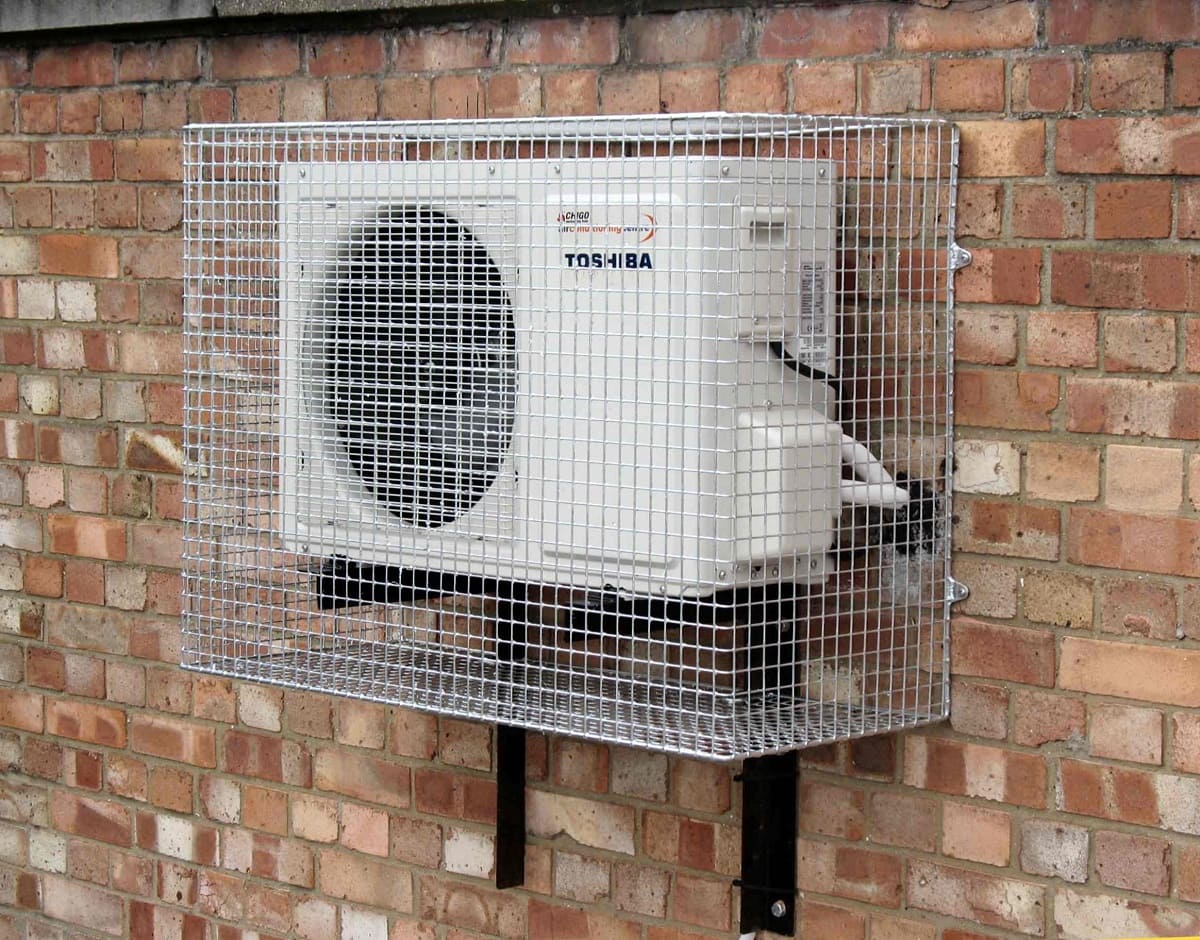
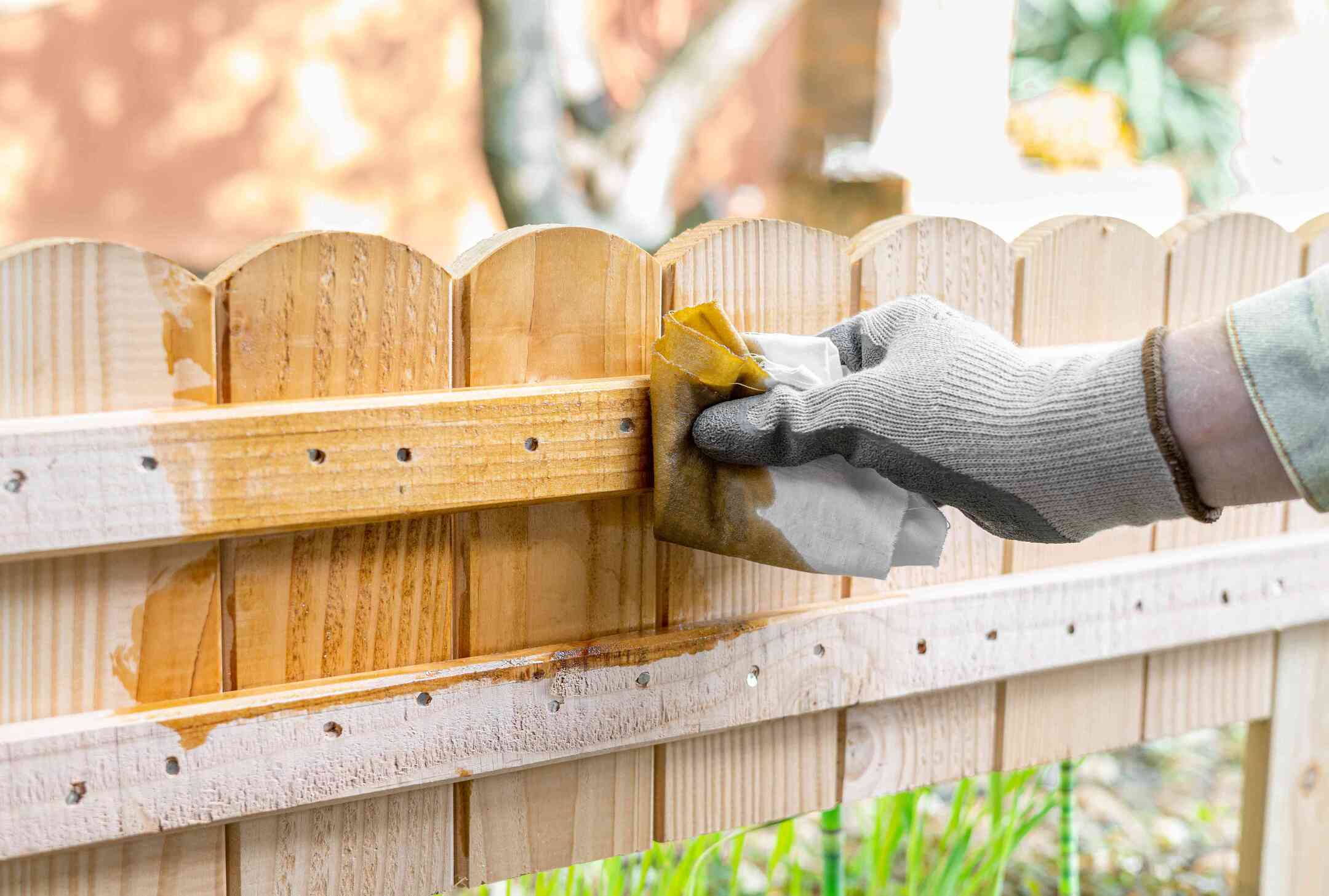
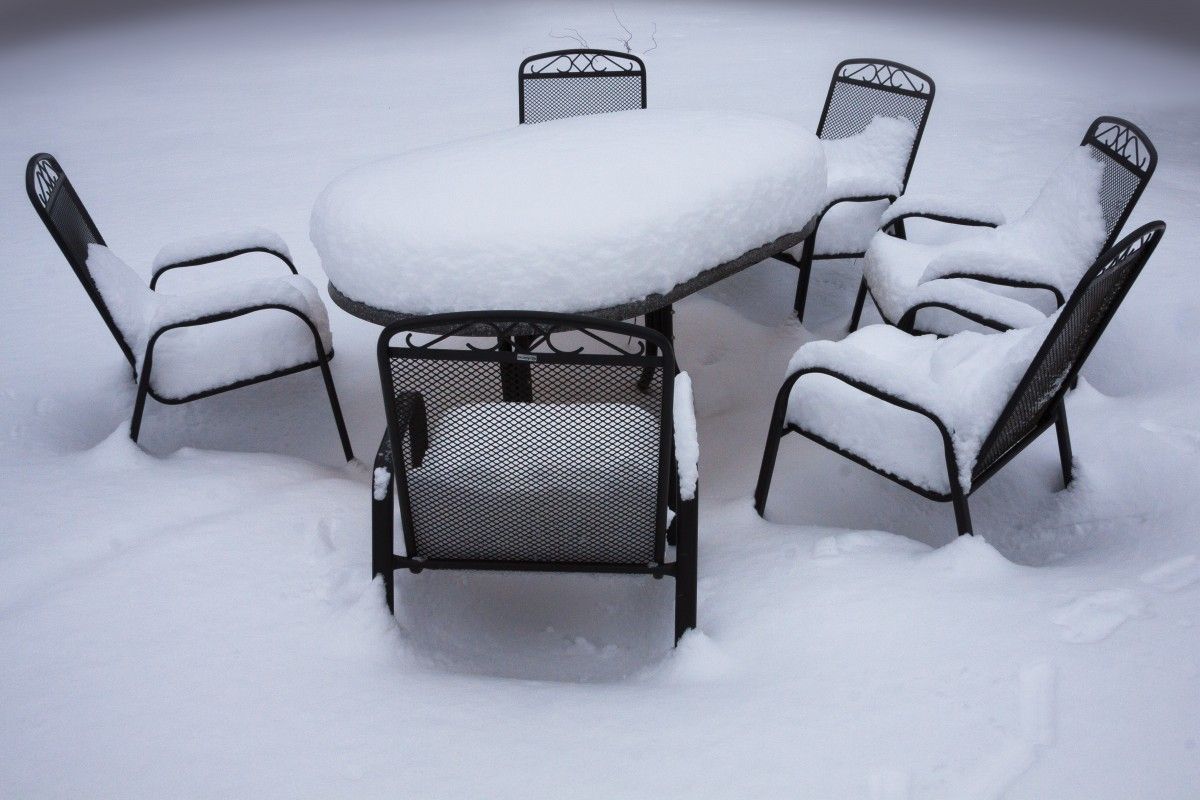
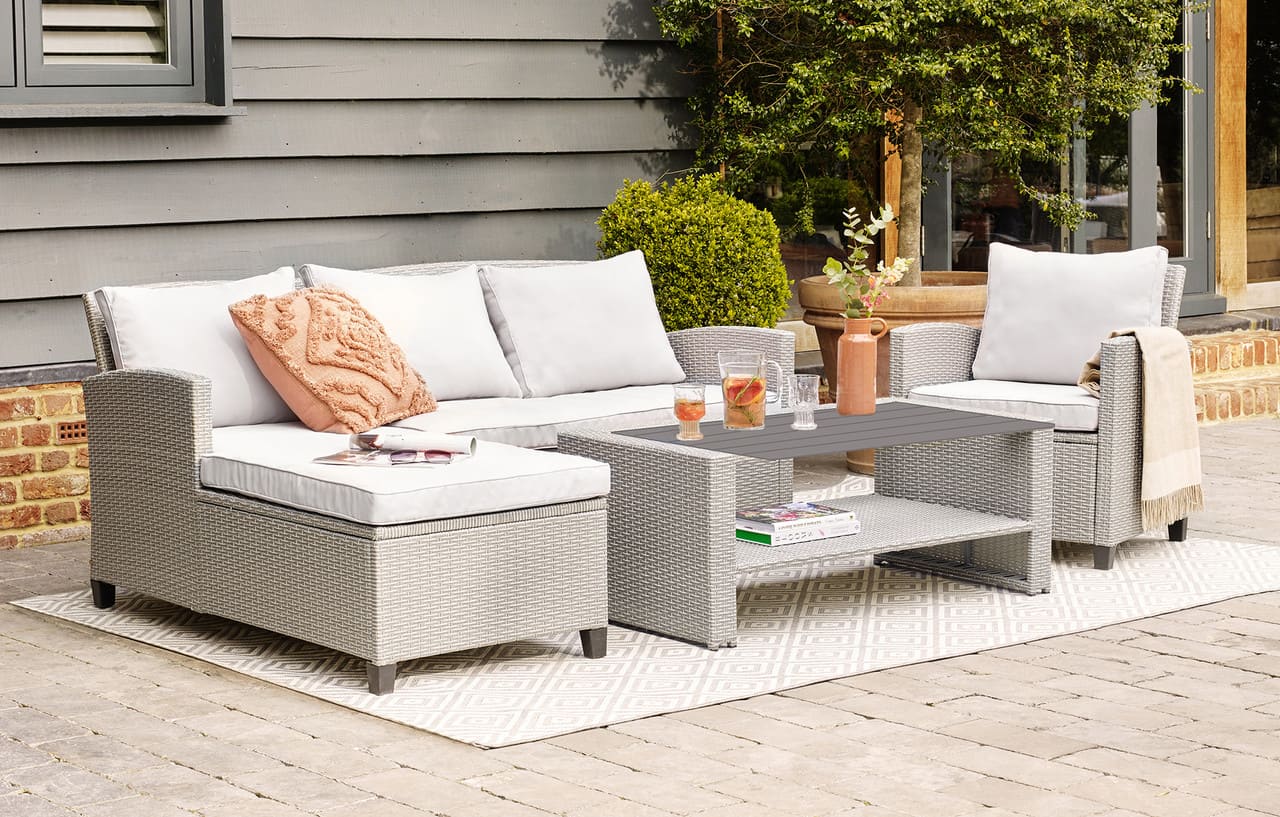
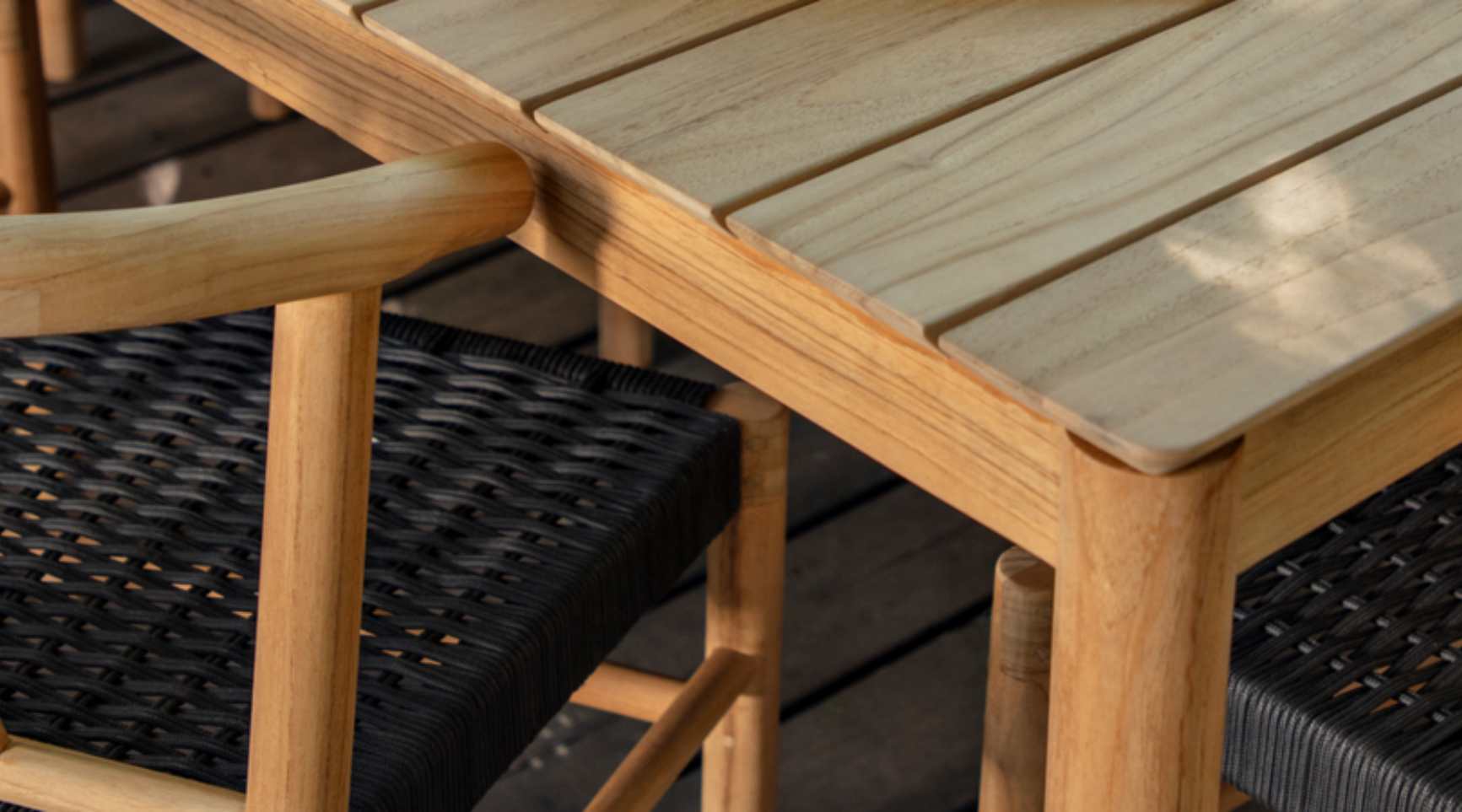
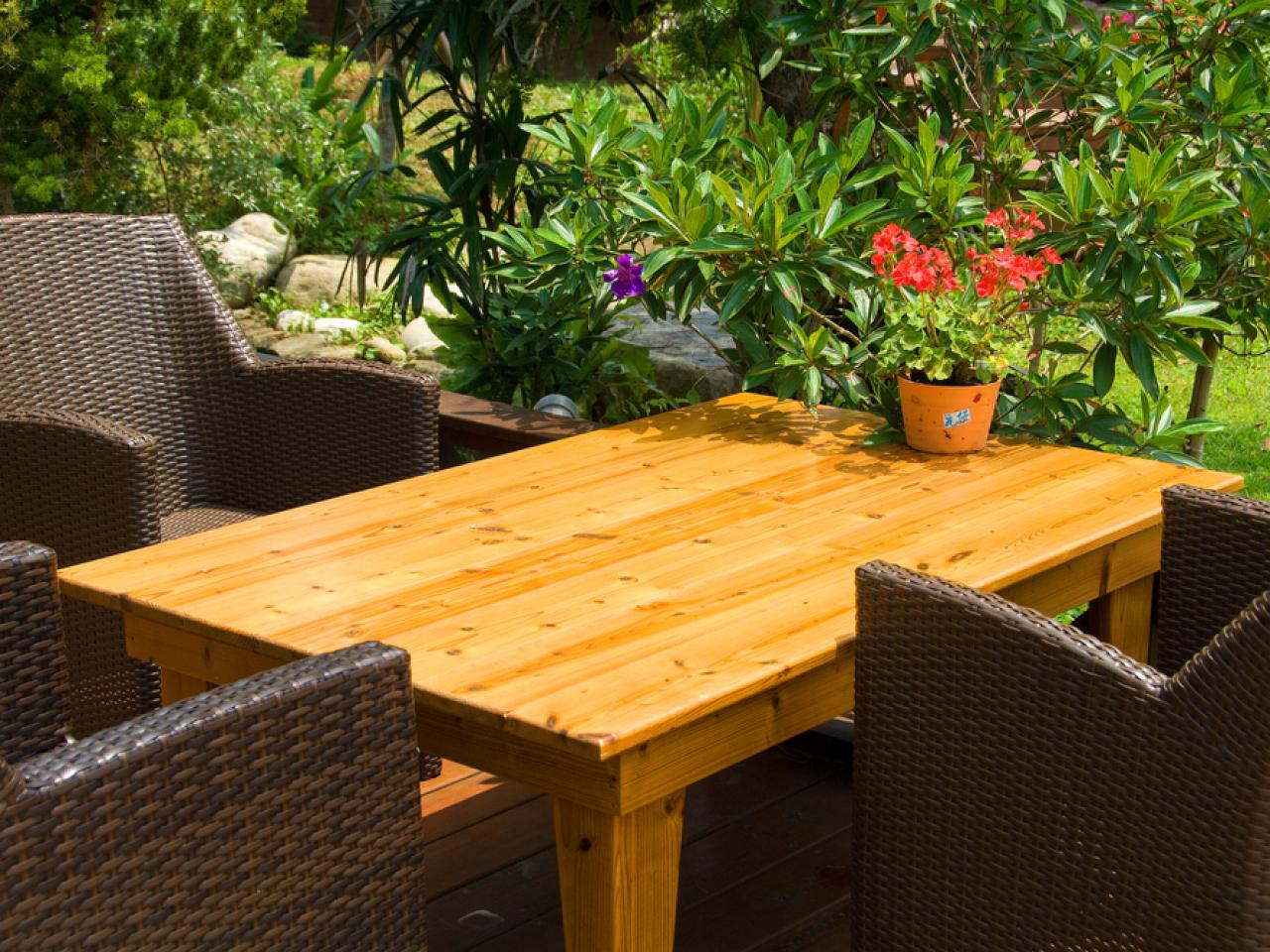

0 thoughts on “How To Protect Electrical Cord Outdoor”